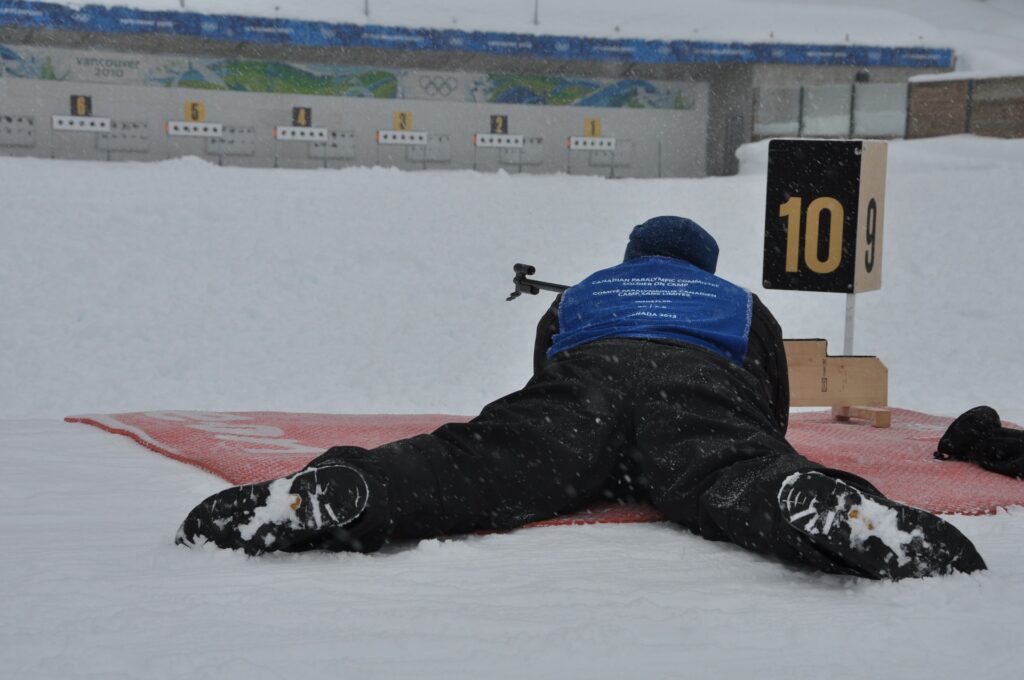Finnish Baseball | Pesäpallo Sport and Its Difference With Baseball
Welcome to the fascinating world of Finnish Baseball, known locally as Pesäpallo. Originating in Finland, this sport has carved its own niche among bat-and-ball games. While the term “Finnish Baseball” might evoke images of the American one, Pesäpallo unfolds as a distinct and captivating sport with its own set of rules and peculiarities. In this article, we’ll uncover the unique characteristics that define Finnish Baseball and set it apart from its more widely recognized cousin. What is Finnish Baseball? Known colloquially as Finnish Baseball, Pesäpallo is a captivating fusion of strategy, athleticism, and teamwork that has become a source of national pride. Diverging from the conventions of traditional baseball, this unique sport boasts a set of rules and nuances that make it unmistakably Finnish. Key Differences with Baseball One of the most notable distinctions lies in the collaborative nature of the gameplay. Unlike traditional baseball, Pesäpallo sees the pitcher and batter on the same team. This dynamic interplay between offense and defense adds an intriguing layer of strategy, requiring seamless coordination among teammates. Moreover, the diamond-shaped field takes on a fresh dimension with strategically placed ‘pesät’ (bases), challenging players in ways distinct from the familiar diamond layout of baseball. The Pesäpallo Field Envision a diamond, then reimagine it with a uniquely Finnish twist. The Pesäpallo field is characterized by four bases forming a diamond, augmented by the inclusion of home plate at the center. This unconventional layout introduces an additional layer of complexity, demanding players to navigate the field with heightened agility and strategic prowess. Gameplay Dynamics In the realm of Finnish Baseball, the pitcher finds themselves in a unique alliance with the batter, a departure from the conventional opposition seen in baseball. The pitcher’s goal is to strategically deliver a ball that challenges the batter, while the batter, in turn, aims to strategically hit the ball into play. This collaborative yet competitive dynamic underscores the essence of Pesäpallo, setting it apart as a truly unique sporting experience. Scoring System The scoring system in Pesäpallo is a symphony of intricacy, adding a layer of strategic depth to the game. Points are not solely earned by completing runs around the bases but also by reaching specific points on the field. This nuanced approach to scoring demands players to balance offensive aggression with a keen awareness of the field’s layout. It’s a chess game in motion, where each move contributes to the intricate tapestry of the match. International Recognition of Finnish Baseball While Finnish Baseball predominantly thrives within Finland, there are ongoing efforts to gain international recognition. While not as globally ubiquitous as baseball, Pesäpallo has ventured onto the international stage, participating in tournaments that showcase its unique charm to audiences beyond Finland’s borders. Finnish Baseball: Conclusion In the world of bat-and-ball sports, Finnish Baseball stands tall as a distinctive expression of Finland’s sporting heritage. Pesäpallo, with its collaborative gameplay, intricate scoring system, and culturally significant presence, offers a fresh perspective on the conventional notions of baseball.
Finnish Baseball | Pesäpallo Sport and Its Difference With Baseball Read More »








